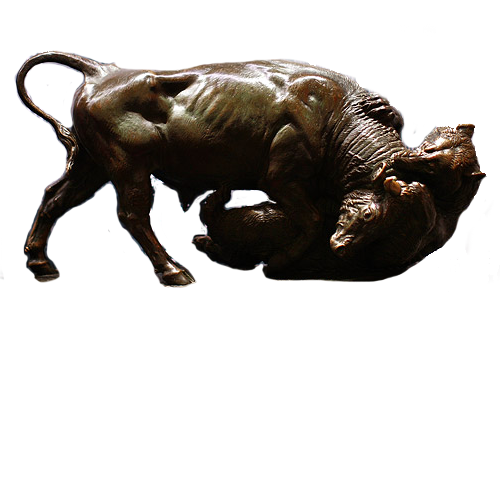HOW TO “ARTIFICIALLY CREATE TIME” & HOW TO “CREATE RISK FREE INVESTMENTS” using MARC BELNICK’S LONG TERM BUY SIGNAL.
Time is Money, Time is precious, use it wisely. Can you realistically create time? NO, you can’t, BUT can you artificially or synthetically create time. Yes, you can? How? If you select securities that have sound businesses and that have free cash flow and are growing their earnings per share organically and by prudent acquisition you can buy these securities using the Marc Belnick’s Long Term Bullish-Buy system and sell half only when a Long Term sell signal is given or the security doubles in value. When the security doubles in value and you sell half of your securities you would have effectively created a “risk free investment”. (Tax has not been taken into account). Please see the blog article HOW TO INVEST MORE EFFECTIVELY to select securities. If a Long Term Sell signal is given before the security doubles in value (taking into account price appreciation and cash received through dividends, capital returns etc) you must sell all your securities to protect your capital.
What do the following companies have in common. Please ignore the numbers in brackets. American Express (23), Abbot Laboratories (38) (Health care Company), Automatic Data Processing (Payroll) (7), Black and Decker (28), Caterpillar Tractor (38), Cessna Aircraft (32), Walt Disney (18), Dr Pepper (Soft Drink), (38), Eastman Kodak (38) , Gillette (29), Good Year Tire and Rubber (30), Greyhound Bus Corp (37), Holiday Inn Hotels (13), IBM (24) (Computers), Motorola (23), International Mining (39),Johnson and Johnson(26), McGraw Hill (37) (Books and publishing), National Homes (27), Parker Pen (40), Philadelphia Life Insurance (26), Tampax (12) (Women’s Sanitary Health), Texas Instruments (20)(Calculators and electronic consumer goods), Xerox (14(Photostat Machines etc)), Walmart Stores (18) Apple Computers (15).
All the above companies have increased their share price by more than 100 times over various periods – the number in brackets is the amount of years taken for the security to increase one hundred fold. A company has to grow by an annual compound growth rate of 12.2% for forty years to increase One hundred fold.
The idea is to buy ‘right’ and after taking profits on half of the investment to create a free investment you must hold the share. Patience is a virtue. Note that Eastman Kodak increased 100 fold from 1933 to 1971 and eventually filed for bankruptcy in 2012. So this begs the question when do you sell your risk free investments? There is no perfect set of rules as every circumstance is different every time for every company.
There are many methods of when to sell and you can use a mathematical approach, a fundamental and a technical approach but I recommend that a combination of all three is best. The question that you have to ask yourself is the following. Is the company business model sound and the balance sheet fine, if yes then the share price may decline by 50% or even more during the next market crash / business downturn but as long as the business model is robust, debt can be adequately serviced and the balance sheet is robust and growth is expected to continue during the next bull market then hold on. Also bear in mind that there may be many instances when you invest after a Long Term Buy Signal is given and your investment doubles and you need to treat each Long Term Buy signal that has doubled separately when taking profits as described below using the Mathematical approach.
Some examples are:
1. Mathematical Approach to take profits when the share is rising.
a. Sell 10% of my shares when they have increased five fold.
b. Sell 10% of my shares when they increase tenfold.
c. Sell 10% of my shares when they increase twenty fold.
d. Sell 10% of my shares when they increase forty fold.
e. Sell 10% of my shares when they have increased eighty fold and keep the rest.
2. Technical Approach
a. If the relative strength graph (share price / overall market price) is consistently performing poorly over a lengthy period of time and there are fundamental problems with the business model as detailed below then sell at least 50% of your holding and continually monitor any holdings.
3. Fundamental Approach
a. The business model for the company is in jeopardy.
b. There has been a legal change which is substantially detrimental to the company.
c. The company operating profit margins are consistently declining.
d. The earnings and free cash flow are declining.
e. The company is extremely overvalued.
f. The debt levels are too high and may not to be able to be serviced during an economic downturn because of the cyclical nature of the earnings.There has been substantial selling by directors at or within a short space of time.
g. Sell at least 50% of your holdings and continually monitor any holdings.
IF YOU WISH TO OWN MARC BELNICK’S “WEALTH ACCUMULATION TRADING SYSTEM” ADD-ON PLEASE CLICK THE FOLLOWING PURCHASE LINK
https://www.metastock.com/products/thirdparty/?3pc-add-bbbs


